-
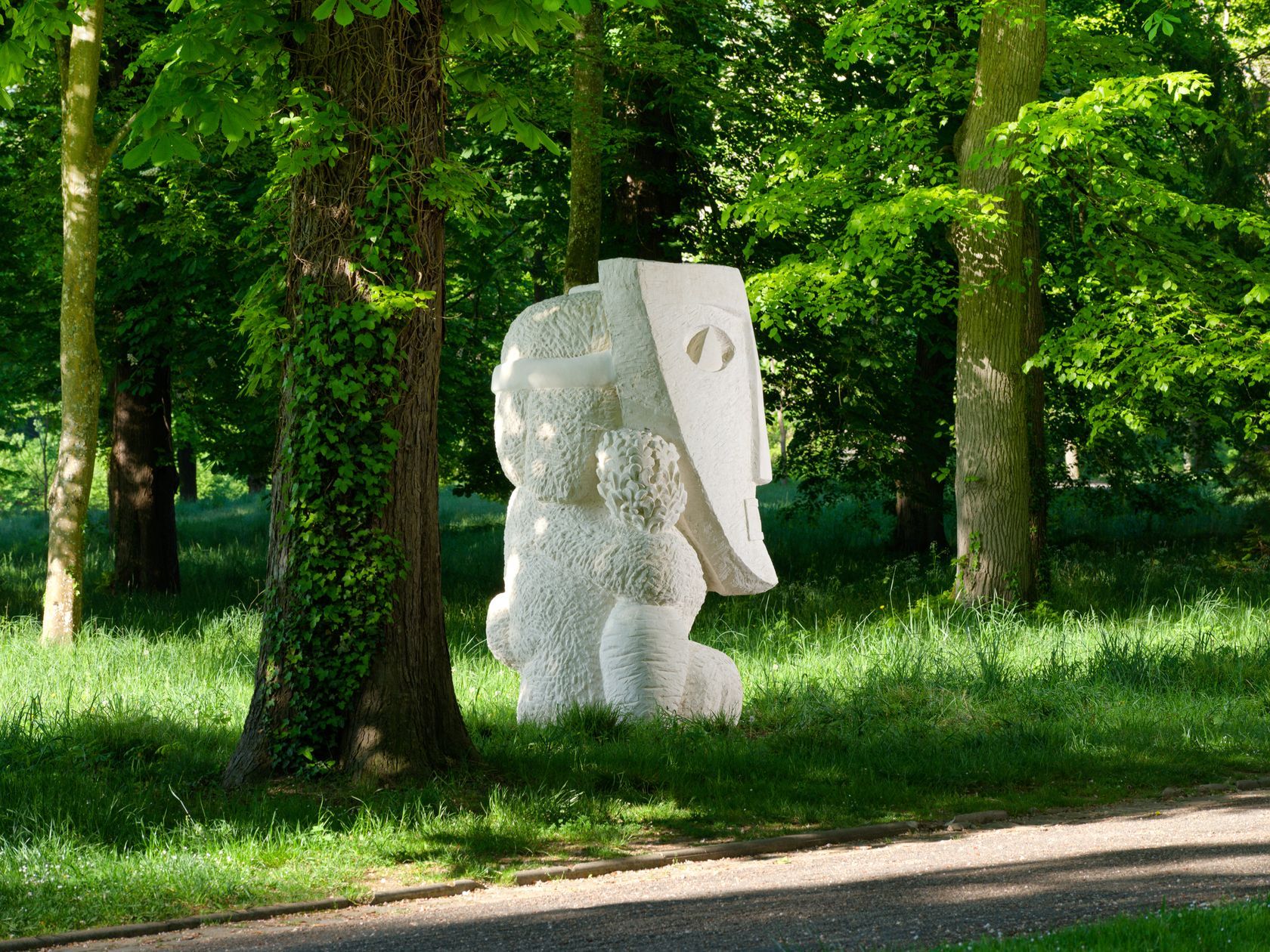 1/6
1/6
Stefan Rinck , Parade
May 3rd — September 28th, 2025
Domaine de Chamarande, Chamarande (FR) -
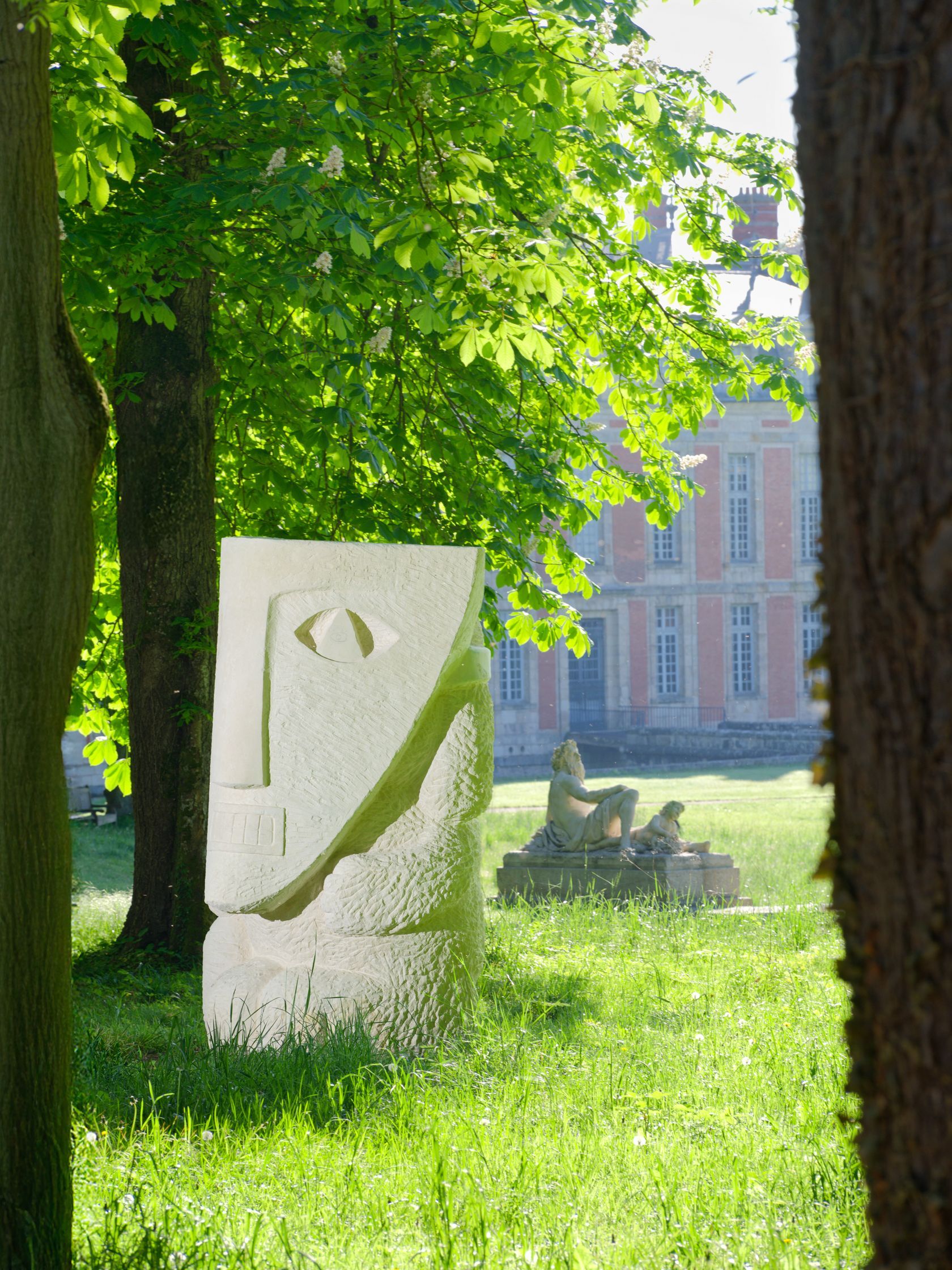 2/6
2/6
Stefan Rinck , Parade
May 3rd — September 28th, 2025
Domaine de Chamarande, Chamarande (FR) -
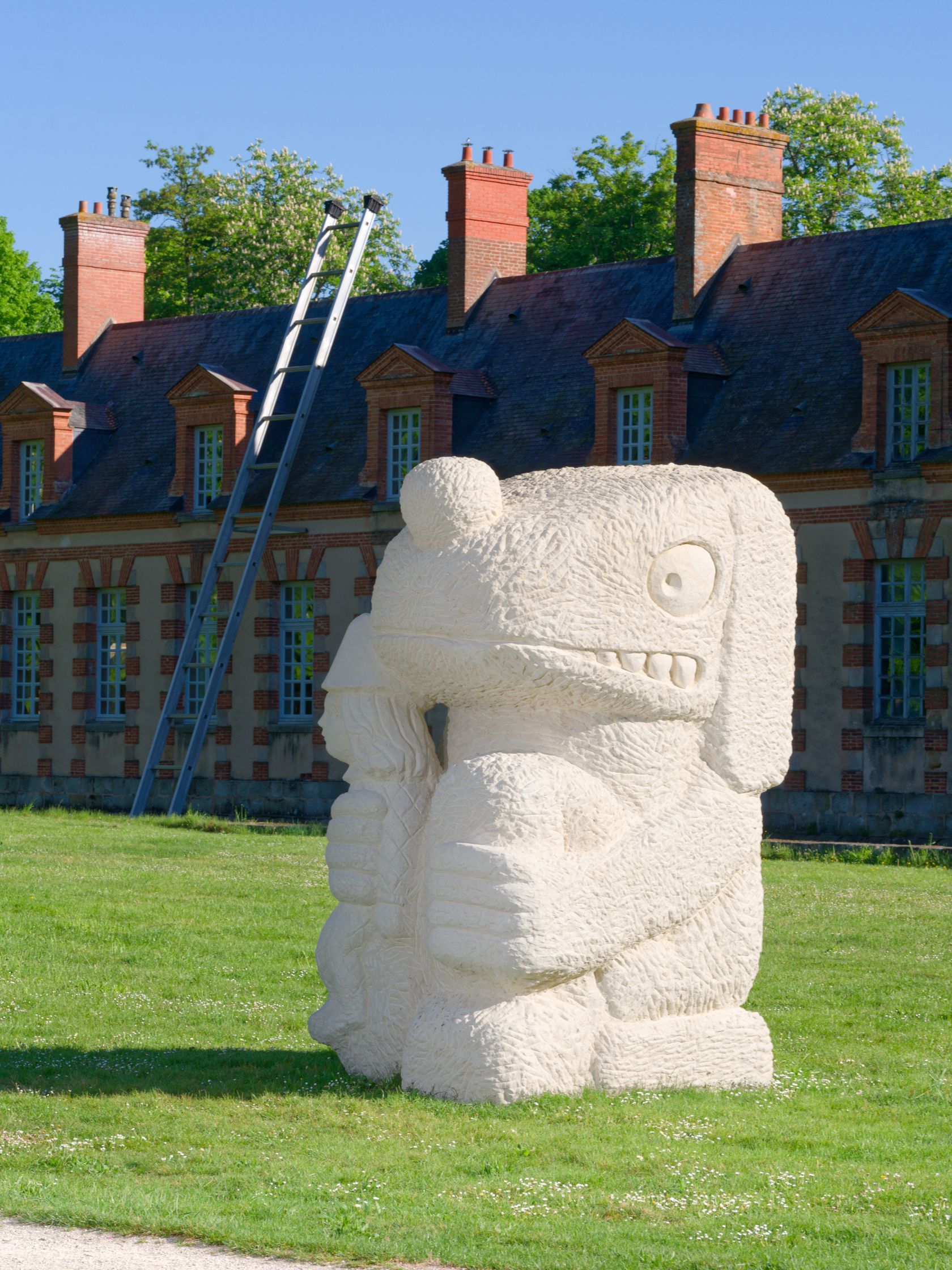 3/6
3/6
Stefan Rinck , Parade
May 3rd — September 28th, 2025
Domaine de Chamarande, Chamarande (FR) -
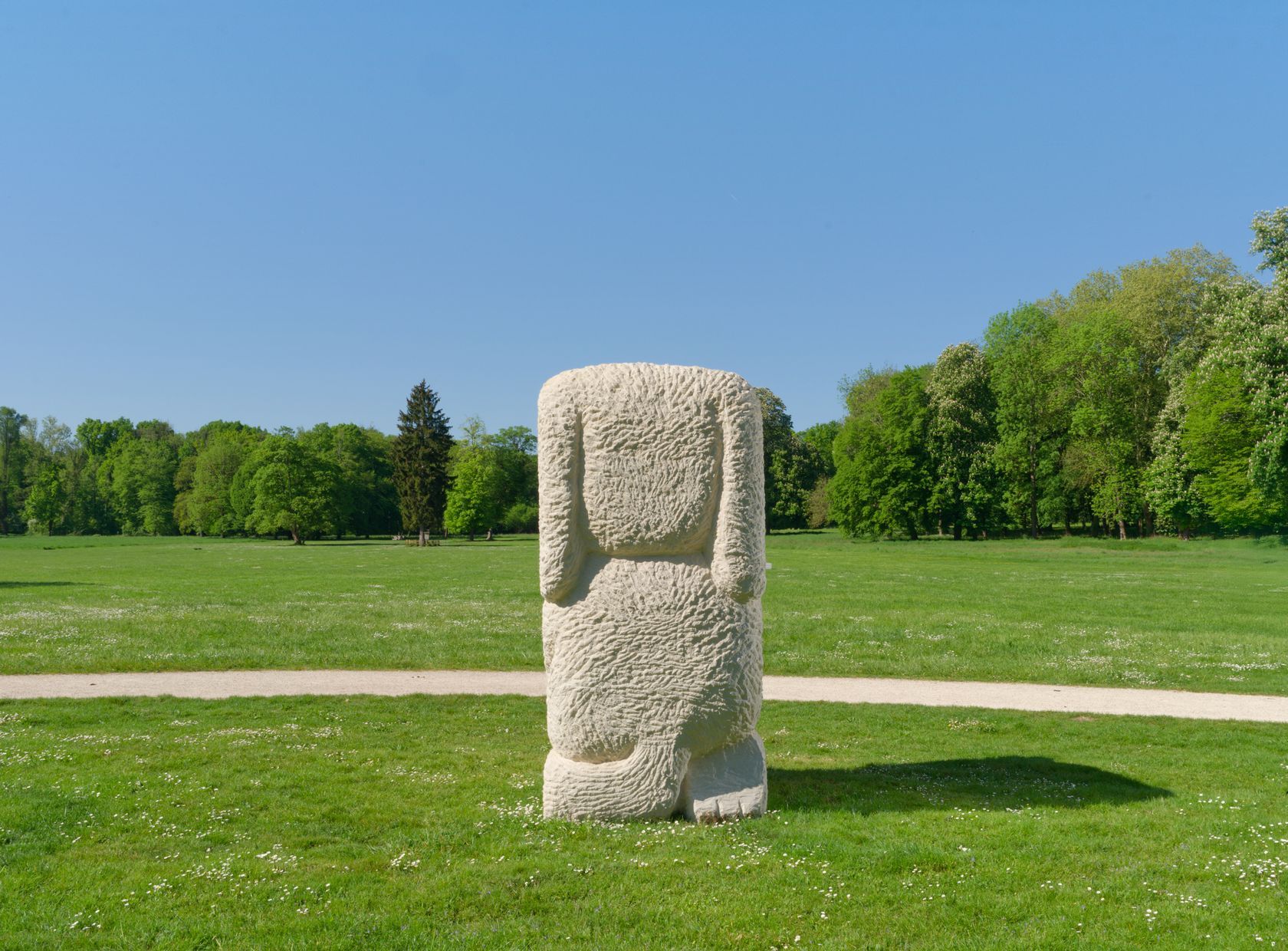 4/6
4/6
Stefan Rinck , Parade
May 3rd — September 28th, 2025
Domaine de Chamarande, Chamarande (FR) -
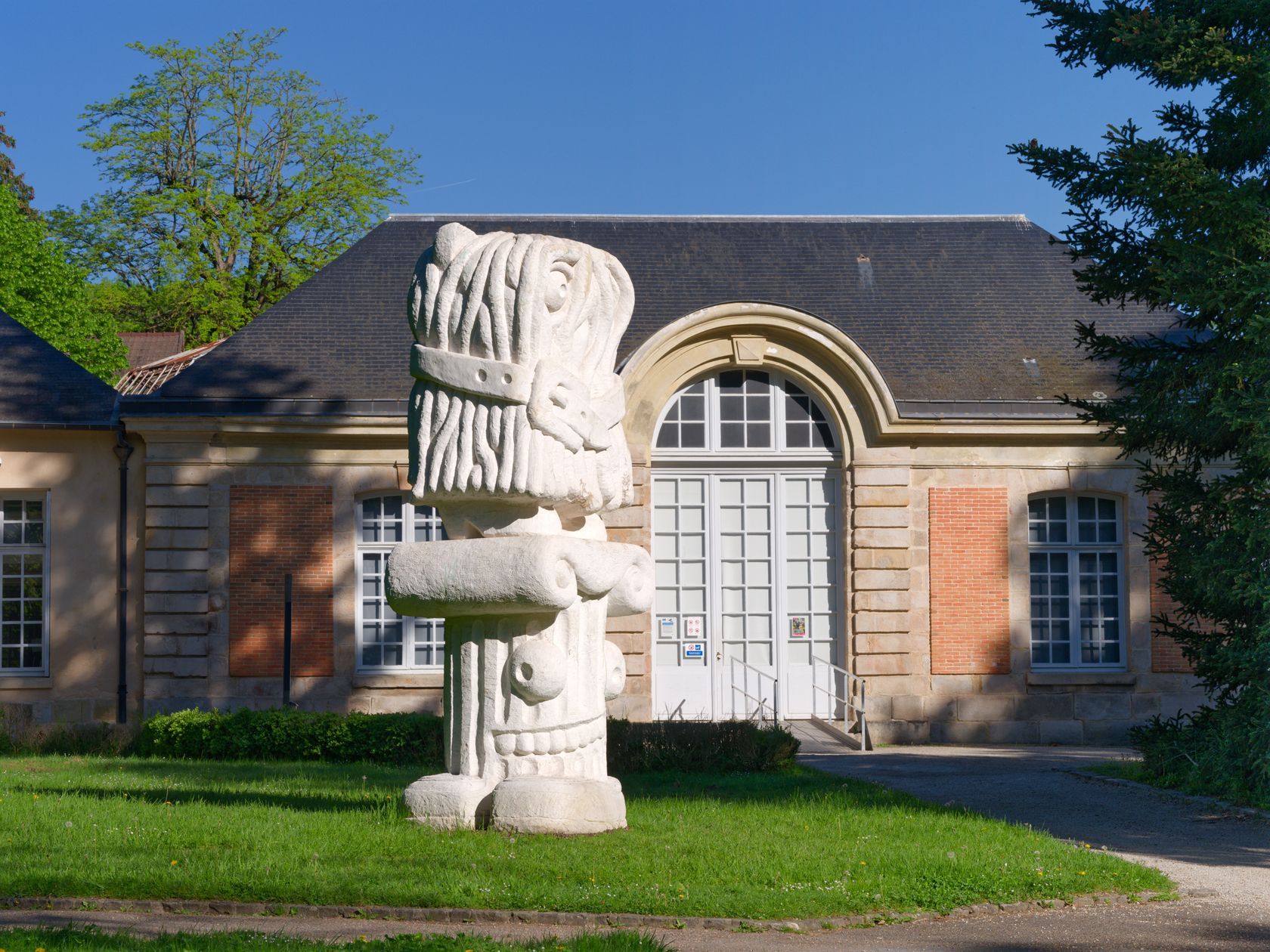 5/6
5/6
Stefan Rinck , Parade
May 3rd — September 28th, 2025
Domaine de Chamarande, Chamarande (FR) -
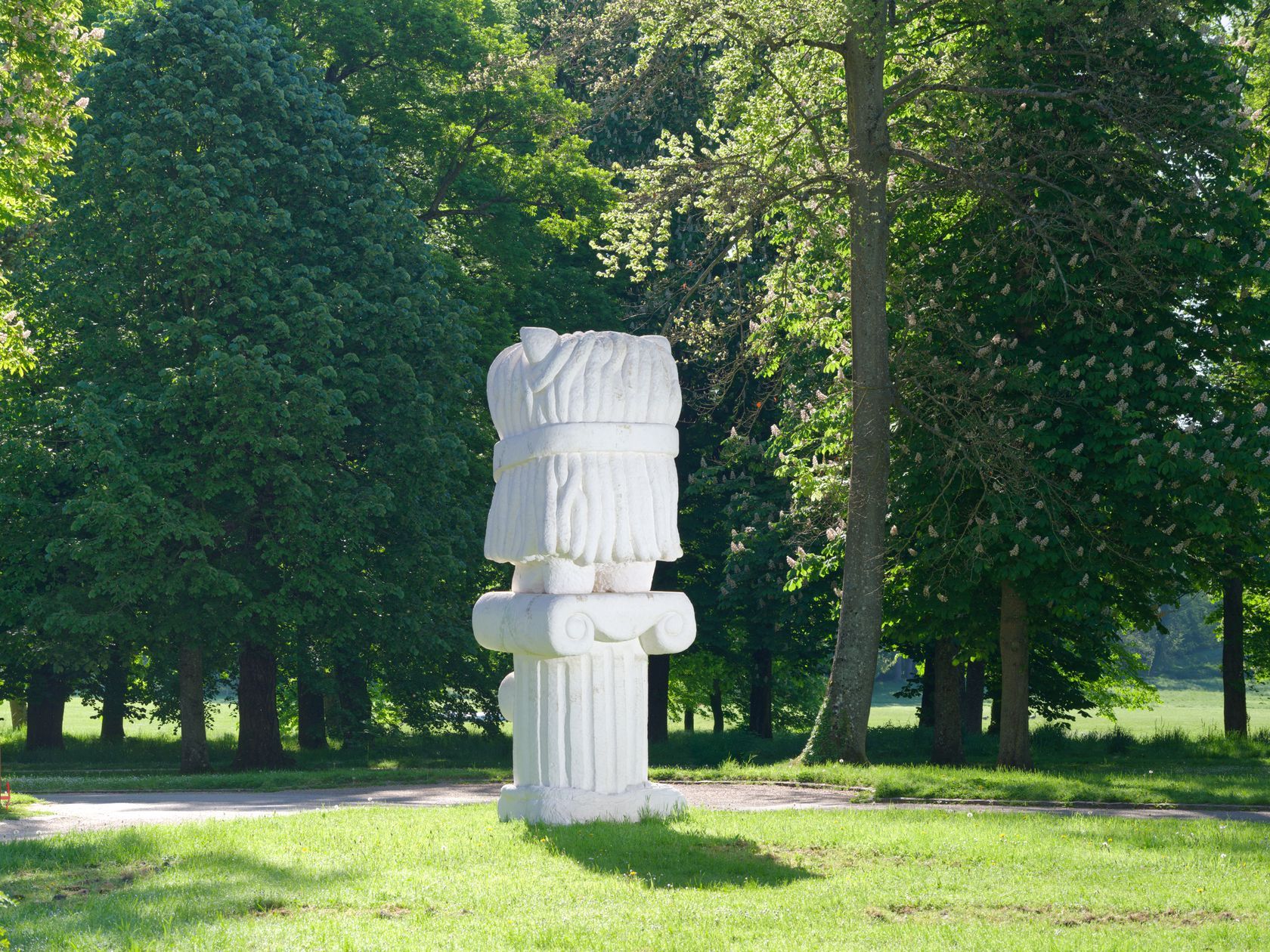 6/6
6/6
Stefan Rinck , Parade
May 3rd — September 28th, 2025
Domaine de Chamarande, Chamarande (FR)
From May 3rd to September 28th 2025, the German sculptor Stefan Rinck will be honoured at the Domaine départemental de Chamarande, owned by the Département de l'Essonne, with a solo exhibition in situ.
In this historic park, classified as a Remarkable Garden, Stefan Rinck welcomes visitors with two monumental sculptures almost 3 metres high. These figures are animals dressed in the rococo style favoured by the artist, a style full of meticulous detail and opulence that pushes him to go beyond the roughness of the material. One of the figures is a hybrid monster, with a crocodile mouth and fur, clutching a jester's puppet in its fist, while the other is a dog dressed in a ruff, with a human mask in front of its face. Their clown noses leave no doubt as to the buffoonery of their characters. Carved in limestone (Pietra Leccese) in Lecce, Puglia, these squatting sculptures are taken from the block from which they were hand-carved by the artist. The marks of percussion are visible throughout the sculpture, with the exception of carefully polished details that bring out the nobleness of the material.
In the orangery, an entire room has been designed in an intense burgundy red to house a dozen sculptures, ranging from 50 cm to 1 metre in height, carved from a multitude of stones of different origins and colours (white marble, black diabase, red sandstone, etc.). Installed on a large central plinth, the figures stand hieratically at eye level. Side by side, the troupe seems ready for the review. This is Stefan Rinck's usual repertoire, his sculpted subjects drawing on myths and conventions of representation of diverse origins. The artist interweaves narratives and registers in a secular syncretism where Romanesque art hybridises with Aztec influences, where the Romantic reinterpretation of the “Gothic” blends with the pop imagery of cartoons and video games. This is the case, for example, of the little crocodile in Croc Pope (2024), with its bulging eyes and wearing a tiara and pontifical cope, or the figure in Bookhead (2021), with eyes distorted by a grimace and hair styled with a central parting that merges with an open book, the effect of perspective producing a sympathetic monstrosity. In the same room of the Orangerie, ink and oil pastel drawings hang on the walls, like a gallery of touching or cruel monsters. Perfectly at home in a historical and natural context, these little people of painted and sculpted creatures seem to have emerged from ancient times and from a Nature with shady intentions.
Obviously, the artist hides behind his seemingly debonair or zany imagery a more acerbic critique than it appears. For this exhibition at the Domaine départemental de Chamarande, he drew his inspiration from a 17th-century French ballet, the Ballet des Fées des Forêts de Saint-Germain, in which the sovereign himself, Louis XIII, takes to the stage to “represent” the very image of his majesty to the court and his subjects. This politically motivated ballet is also surprisingly burlesque, with the roles distributed among the kingdom's leading figures, who appear as harlequins, devils and exotic figures in sumptuous costumes. Stefan Rinck, who uses grotesque devices in the purest historical tradition, could not fail to notice the burlesque underneath the rococo finery, with caricatural figures used to mock authority figures.
However, where Aesop or La Fontaine made animals take on human roles, Rinck disguises the animals as humans. In so doing, do they lose their savagery, or do they take on a new one? Reinvigorating stereotyped figures, the artist suggests a rereading of the world and times from his 21st-century perspective, subtly tackling the barbarity of progress and the primitiveness of scientific language. He also likes to refer to himself as a ‘king's jester’, a clown whose job it is to distract the spectator - yesterday a king or prelate, today an amateur and collector - from the mortal sin of boredom.